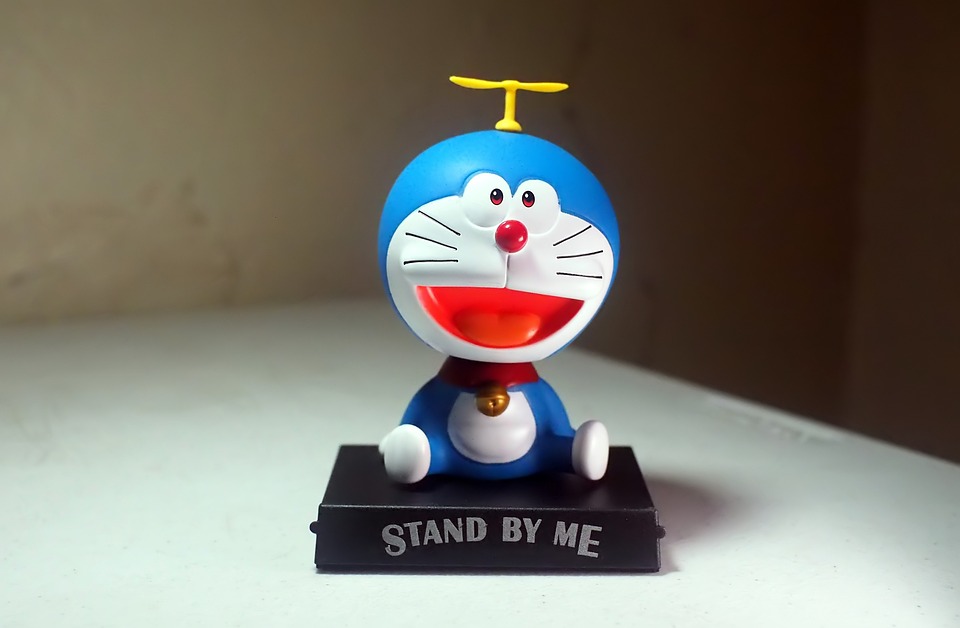Metaverse NFTs: Fueling the Virtual Renaissance of Gaming and Entertainment
In recent years, the concept of the Metaverse has captured the imagination of many, thanks to its potential to revolutionize the way we interact with digital spaces. With advancements in technology and the increasing popularity of Virtual reality, the Metaverse is no longer a distant dream but a tangible possibility. And at the heart of this virtual revolution lies a new trend that is taking the digital world by storm: Metaverse NFTs.
NFTs, or non-fungible tokens, have gained significant attention and popularity in the art and collectibles space. They are unique digital assets that can represent ownership or proof of authenticity for a particular item or piece of content. From digital art to virtual real estate, NFTs have become a way for creators to monetize their work and for collectors to own unique, digital assets.
The Metaverse, on the other hand, is a vast virtual universe where people can interact with each other and with digital objects in real-time. It is a fully immersive and interconnected digital space that blurs the lines between the physical and digital worlds. Think of it as a Virtual reality version of the internet, where users can explore, socialize, create, and do business.
Metaverse NFTs combine the best of both worlds, leveraging the unique properties of NFTs within the Metaverse. They enable users to own and trade virtual assets such as avatars, virtual clothing, virtual real estate, and even in-game items. Just like in the physical world, owning a rare and valuable item in the Metaverse can be a status symbol and a source of pride for collectors.
One of the most significant advantages of Metaverse NFTs is the ability to create a new economy within the virtual space. By owning and trading these digital assets, users can earn real-world value. For example, a virtual real estate owner can rent out their property to other users, earning virtual currency that can be converted to real-world funds. This opens up new opportunities for creators, artists, and entrepreneurs to monetize their skills and creations in ways that were previously unimaginable.
Moreover, Metaverse NFTs have the potential to enhance the gaming experience significantly. In traditional games, players often spend countless hours grinding to acquire rare items or unlock achievements. With NFTs, players can truly own these in-game assets and have the freedom to trade or sell them as they wish. This not only adds a new level of excitement to the gaming experience but also blurs the lines between gaming and real-world economies.
The entertainment industry is also poised to benefit greatly from Metaverse NFTs. Musicians, filmmakers, and other content creators can tokenize their work and sell unique, limited-edition digital assets to their fans. These assets can range from exclusive concert tickets to virtual merchandise or even special access to behind-the-scenes content. This creates a direct and intimate connection between creators and fans, fostering a sense of community and engagement.
However, as with any new technology, there are challenges and concerns that need to be addressed. One of the primary concerns is the environmental impact of blockchain technology, which powers NFTs. The energy consumption associated with blockchain transactions has raised valid concerns about its sustainability. Efforts are being made to address this issue, with the development of more energy-efficient blockchain protocols.
Another challenge is ensuring the security and authenticity of Metaverse NFTs. As the popularity of these digital assets grows, so does the risk of fraud and counterfeit items. Robust security measures and verification processes will be crucial to protect both creators and collectors.
The emergence of Metaverse NFTs marks a new chapter in the digital revolution of gaming and entertainment. It opens up a world of possibilities for creators, artists, gamers, and enthusiasts to connect, create, and monetize their digital assets. With the Metaverse becoming more accessible and immersive, it is only a matter of time before we witness the full potential of this virtual renaissance.

